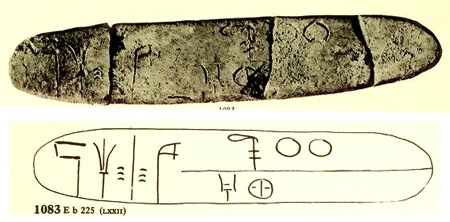Reblogged from Archaeological Networks:

Remember the Hestia2 event we organised in Southampton in July with The Connected Past? Time for more of that! The Hestia project is pleased to announce its second community event, which will take place at Stanford University on 4-5 November 2013. The two-day workshop, hosted by Stanford’s Center for Spatial and Textual Analysis, will tackle the issue of visualizing complex data, and will be of interest to anyone working on network theory and the digital analysis of literature and historical material.

























